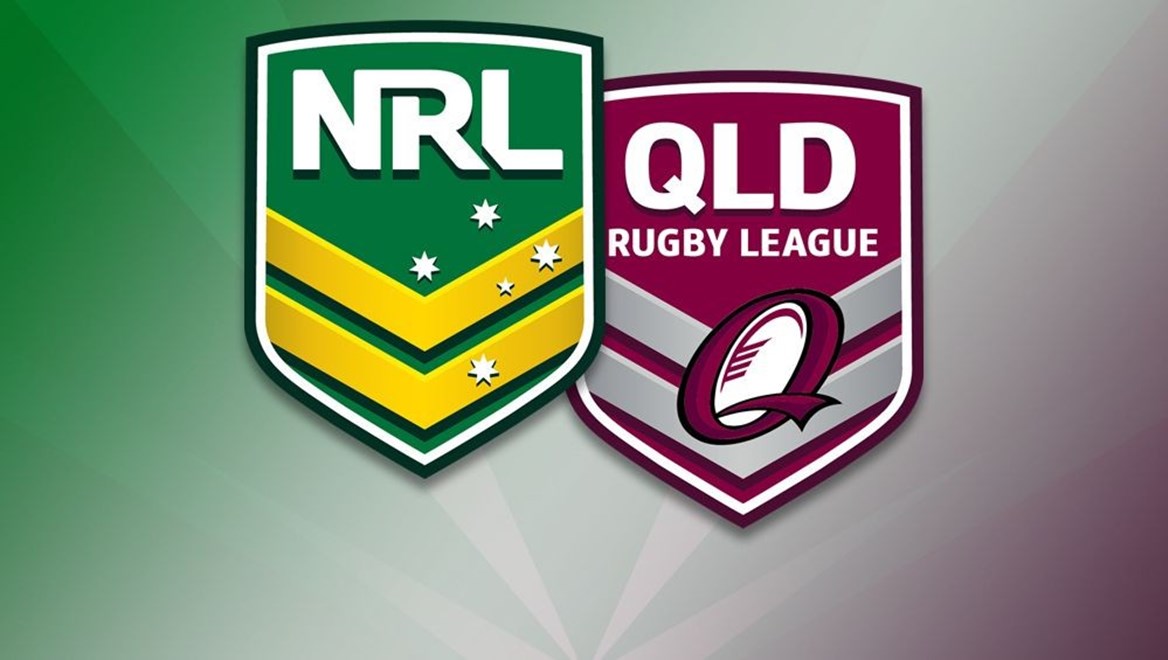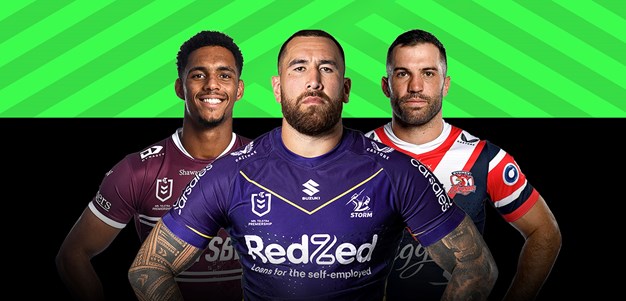

The number of interchanges will be reduced to eight and a shot clock will be introduced to reduce stoppages under landmark changes to the NRL Telstra Premiership from next season.
NRL Head of Football Todd Greenberg said the changes, which follow a detailed review of the current interchange system, would be the most significant to the game in decades.
They will see:
· The number of interchanges reduced from 10 to eight
· Four players remain on the bench to make those interchanges
· A shot clock introduced for drop outs and scrums
Mr Greenberg said the reduction in interchanges combined with the shot clock would form a package that would give fans a more continuous and free-flowing game while ensuring the game became safer for the players.
He said that, pending further analysis during the 2016 season, interchanges could be reduced further in the future.
“We think these changes are a significant first step because they will reward endurance and fitness and open up the game,” he said.
“As a result of these changes, there will be a greater emphasis on skill to complement power and size.
“We have conducted significant research into the evolution of, and current trends in, the game – how the players are getting bigger, faster and stronger, but more importantly what they will look like 10 years from now.
“We believe that, unless we take action now, the game will become more structured, defensive and predictable in years to come.
“So these changes are designed to ensure we stay ahead of the curve – it is about shaping how the game will look in ten years and beyond.
“We want the best football being played by the best footballers, and all our research points to these changes having a significant impact on the quality of games that our supporters deserve every week.
Mr Greenberg said while the timings of the shot clock were not confirmed, they would make the game more continuous and minimise time wasting and stoppages.
He said research indicated the game would also be safer for players under the eight interchange system, with the prospect of “collision injuries” reduced.
Mr Greenberg added the review recommended that the composition of the interchange bench would remain the same.
The review was conducted by an expert committee headed by Dr Kevin Norton, a Professor of Exercise Science in the School of Health Sciences at the University of South Australia. He has conducted extensive research on injury development and fitness conditioning in other sports, including the AFL.
Mr Greenberg said the review was conducted in collaboration with the Rugby Football League, which will make its own recommendation for the UK Super League.
He said it was also completed following consultation with the NRL Clubs, the State Leagues and the RLPA.
The NSWRL and the QRL have indicated their desire to also reduce the number of interchanges in their VB NSW Cup and Intrust Super Cup respectively.
The interchange reduction would also be replicated across the Holden Cup competition from 2016.
The NRL has been working with other governing bodies around ensuring as much uniformity to the competitions in Australia as well as overseas.





